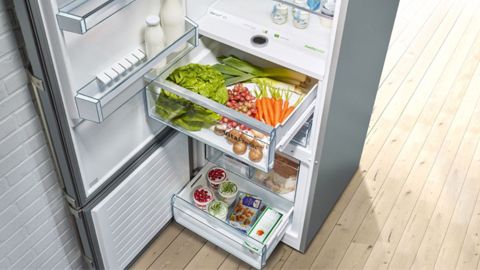If you love food, it’s easy to get carried away with portion sizes. One moment you’re cooking your favourite meal and the next you’ve put enough on your plate to feed a family of six – for a week! Sometimes you need to remind yourself that portion sizes exist for a reason.
Portion control is better for your health, diet, and nutrition. You’ll also reduce food waste, help the environment and save yourself money. It’s a win-win for everyone. But if it was that easy, wouldn’t we all be doing it? And where do you start if you know nothing about diet or nutrition and hate measuring and weighing food?
With our simple and easy-to-follow tips, you’ll be able to reduce your pasta portion size without ever having to reach for the scales. We’ll explain how to work out a healthy portion size, the best way to reduce meal sizes and how to stick to it. Ready? Let’s get healthier together!
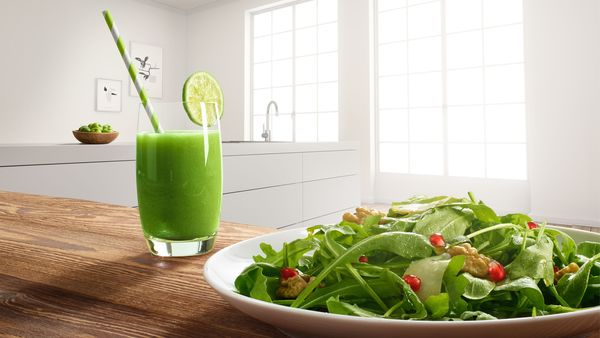
Why is portion control so important?
It’s generally accepted that a balanced diet is key to a healthy lifestyle. We need to eat a wide variety of foods in the right proportions to make sure we’re receiving the vitamins, minerals and nutrients we need.
Food is a passion and a pleasure in our day to day lives, but it’s also fuel for our bodies. If we consume more than we regularly need, without doing sufficient exercise, we will begin to put on weight. It’s a relatively simple equation, but one that more and more people are struggling with. Obesity is a global problem and carries many serious health risks. Portion control is a great way to prevent weight gain, get back in shape or simply feel better and more energised. A healthier relationship with food improves not only the relationship with the environment, but also with our wallet.
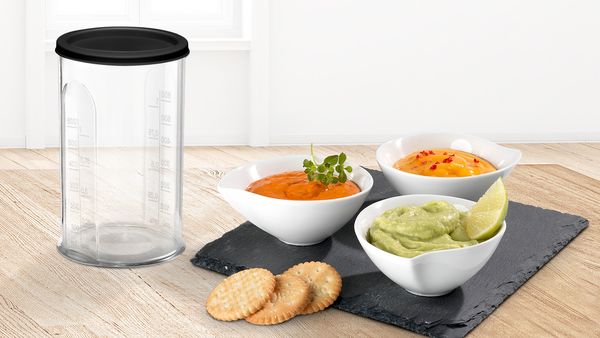
What is a healthy portion?
While there are recommended daily portion sizes for all food groups, different foods have different healthy amounts. They can also vary depending on your gender, body shape, and lifestyle. One size doesn’t fit all, and this is one of the reasons food portioning can seem a tricky business at first glance.
It doesn’t help that we’ve been led astray by the oversized portions served in many restaurants and takeaways. There’s such a vast variation that, consciously or unconsciously, it can skew the portions we serve up at home.
There’s also confusion over terms. A portion is the amount of food you choose to eat yourself. In contrast, a serving is a standardised amount used to set recommended calorie intakes and dietary requirements. You’ll often see a serving size with the nutrition information on food packaging. This is one of the reasons it’s essential to take food portioning into your own hands rather than relying on pre-packaged meals. These can often contain enough to serve two people, and this can lead to you regularly eating more than you need.
By measuring out your food, you can bring the portion you make for yourself in line with the recommended serving size for one person. And if you don’t like the idea of weighing and measuring food then keep reading for our simple and effective alternative.
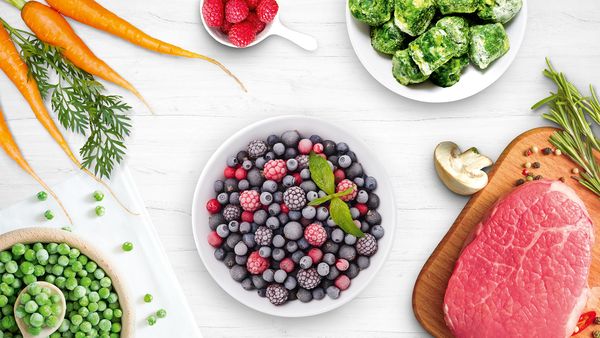
Top ten tips for portion control
You don’t need to be a food nutrition expert or the most organised person in the world to master reasonable portion control. Just follow our simple steps:
1. Buy what you need
It may seem obvious – don’t over shop. Buying more than you need leads to food waste and can encourage you to make more significant portions as a way of using up what’s in your fridge.
While food can be frozen it’s still essential to freeze what you expect to use in the next two to three months. After all, foods left frozen for too long can develop freezer burn and lose their nutritional content.
Planning your meals and keeping a food diary is the right way of ensuring you only stock up your fridge and freezer with what you actually need. You could also consider eating seasonally, i.e. basing your diet around the produce that’s in season right now and allowing your eating habits to change throughout the year.
2. In your hands
That’s right – the secret to portion control is literally in your hands. If the thought of weighing and measuring out your food every time you want to eat sends you cross-eyed, then we’ve got a top tip for you.
Use the dimensions of your hand as a rough visual guide to determine portion sizes. Every meal should generally have a balance of protein, carbohydrates, vegetables and good fats, and you can roughly work out the correct portion size on your hand.
The size of your palm is the equivalent to the amount of protein you need, good fats should be no bigger than your thumb, vegetables are a closed fist (two for men) and carbs should be a cupped-hand.
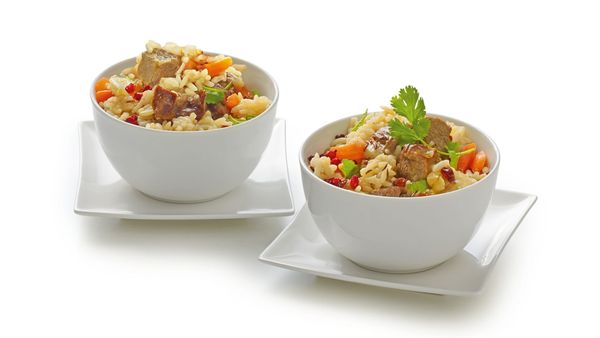
3. Smaller dinnerware
This feels like a life hack, but it’s really just common sense. Smaller dinnerware, such as plates and bowls, automatically means smaller portions. By switching out your current dinnerware, you can place a physical limit on the amount of food you’re able to serve yourself. A small plate packed with food also feels more psychologically rewarding than a large one that’s half empty.
The amount of food might be the same, but your brain can be tricked into thinking that it’s having less. This makes it very easy to add more food that you don’t need. Use smaller dinnerware, and if you ever do find you’ve got empty space on your plate, fill it up with vegetables!
4. Don’t snack from bags or boxes
We’re not saying you can’t snack, but if you have to, it’s better to try and avoid eating directly from a box or a bag. First of all, you have no way to measure your portion as you’re not using a bowl or a plate, and this can lead to you eating far more than you intended to.
Snacking isn’t inherently wrong. In fact, many studies suggest grazing throughout the day can be useful for your metabolism. However, try grazing healthy foods and watch your portion sizes by using dinnerware and following our guide.
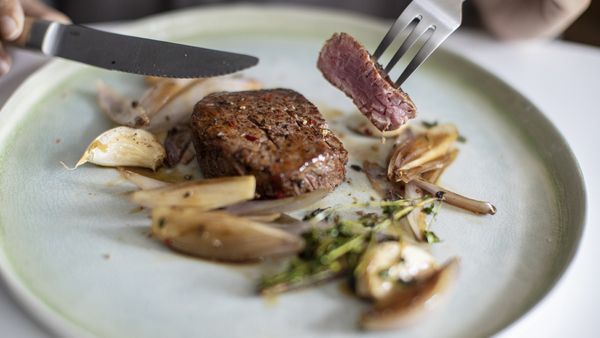
5. Drink more water
Did you know that sometimes when we feel hungry, our bodies are actually just thirsty? Having a refreshing drink can help quench that feeling before we find ourselves reaching for an unhealthy snack.
And that’s not the only benefit of water. Experts have also discovered that drinking a large glass of water 30 minutes before each meal can significantly reduce how much we eat immediately afterwards. It enhances our feeling of fullness and keeps us well-hydrated, so we don’t mistake thirst for hunger.
6. Eat slowly
I know, I know, we sound like your mother! Well, we’re not sorry. She was right all along. It’s scientifically proven that the slower you eat, the more you enjoy and appreciate your food. The more time you’re giving your body to process when it’s satisfied and send the necessary signals to your brain.
Many of us eat so quickly that we’re onto our third serving before our body has had the chance to tell us it was full after the first plate. Instead, try savouring every mouthful, chew slowly, and rather than letting your mind wander, focus on the present moment and the meal you’re having. We know this sounds very Zen, but it really works. Slow down and appreciate your food. You’ll eat less and enjoy it more.

7. No dinnertime distractions
It’s become increasingly common to eat our meals while doing something else, whether it’s binge-watching the latest TV series or scrolling through social. We can be so engrossed in one of these activities that we hardly notice we’ve had a meal at all. This isn’t a good thing.
Distractions can lead to overeating and consuming mega-sized portions because we’re not listening to our bodies. By taking ourselves out of distracting environments and focussing on the meal we’re having, while also eating slowly, we’ll appreciate and enjoy our food much more. We’ll hear the signals from our brain and gut when we’ve had enough.
8. Wait before having more
Give your metabolism time to properly digest the meal you’ve just eaten before having more. You may still feel hungry initially, but that might simply be because your body hasn’t realised it’s full yet. If you wait a few minutes and resist the urge to eat more, you might be surprised to discover that that feeling of hunger disappears.
One tip is to try setting aside some of your meal when you’re serving. Wait around twenty minutes after you’ve eaten the first portion to see if you actually need the rest. This can help you learn when you’re full and, by extension, what’s the right portion size for you. You could even keep the leftovers for lunch the next day, helping your food and money to go further.
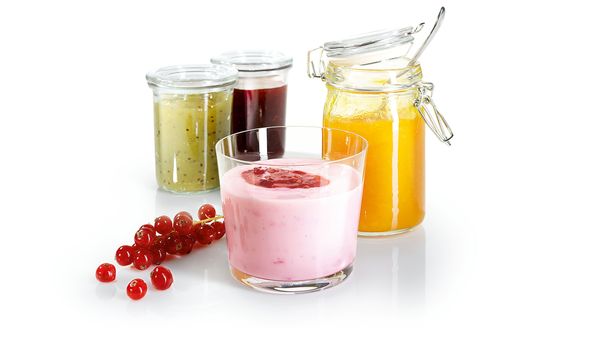
9. Switch up your dessert
Most of us have a sweet tooth, but you don’t always have to reach for a tub of ice cream. Fruit contains natural sugars that can satisfy that sugar craving without the unnecessary fat and calories in most desserts.
And when it is time for a more indulgent treat, make sure you follow our portion control tips and use the right dinnerware to help you stay aware and manage how much you’re having.
10. Change your habits one portion at a time
Food portioning doesn’t need to be hard work or overly complicated. As we’ve explained, you can even do it without needing scales and measuring cups too. It does take some discipline and commitment, but trust us when we say that it gets easier the more you do it.
Just as bad habits can become a routine, so can good ones! Every time you prepare and serve a healthy portion, you’ll be taking another step in the right direction. Your body will eventually become conditioned to your new eating regime. Remember to take your habits wherever you go too. If you’re dining at a restaurant or friend’s house, you can always ask for a smaller portion.
A healthier, happier future
Now you’ve learned the secrets of food portioning, it’s time to say goodbye to sumo-sized meals and hello to a healthy, delicious future. Eat enough to be satisfied. Give your body just the fuel it needs, reduce food waste, save money, and look and feel healthier.
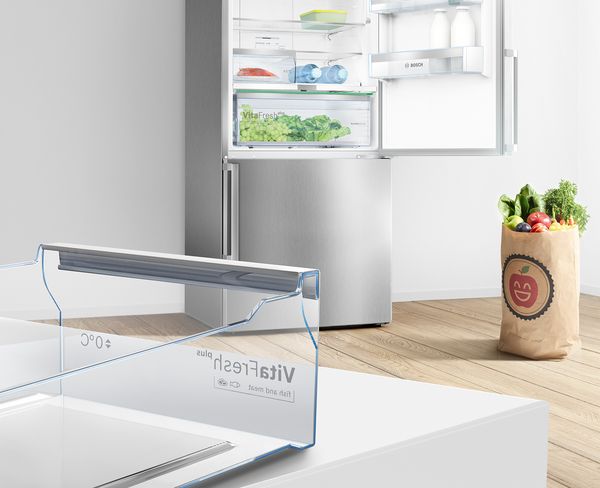
VitaFresh - the best fridges for vegetables
VitaFresh’s temperature and humidity controlled compartments enable you to store different fresh foods separately and in the best possible environment.
Our VitaFresh technology helps you keep your vegetables and fruits fresh for longer, resulting in more food to enjoy and less to be wasted. We believe that zero food waste is not only a goal to strive for, but a goal that can actually be achieved.





